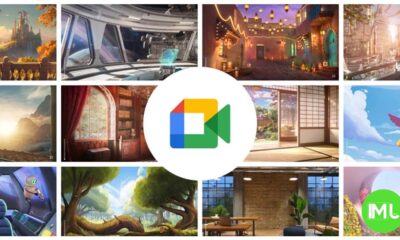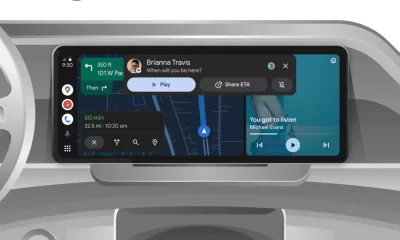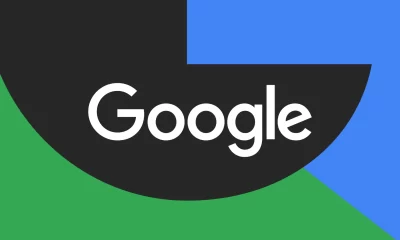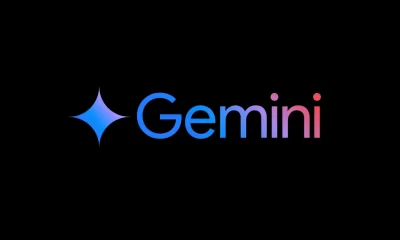Android
Android 16 to introduce customizable “Modes” and enhanced “Rich Ongoing Notifications”

With Android 15 now accessible on eligible Pixel devices and many other brands announcing rollout timelines, Google is already setting its sights on Android 16, the next major update to its mobile OS. Although the full scope of new features remains under wraps, early insights suggest that Android 16 may introduce customizable “Modes,” echoing the classic “Profiles” that were popular on older mobile phones. Additionally, a new notification feature similar to Apple’s Dynamic Island, called “Rich Ongoing Notifications,” may also be in the works. Let’s break down what these updates mean for Android users.
New “Modes” Revive the Old “Profiles” Feature
On older mobile phones, “Profiles” allowed users to quickly set various combinations of ringtones, vibration levels, and volume to match different scenarios—like “Meeting” or “Outdoor”—which could then be saved and accessed quickly. With the arrival of smartphones, these flexible profiles were replaced by simpler settings like “Do Not Disturb” or “Silent Mode.” Android 16, however, could bring back the essence of Profiles with “Modes,” adding an array of customizability not seen since those early days.
According to insights from recent Android 15 beta releases, “Modes” appears set to launch in Android 16 as a fully customizable feature, allowing users to create their own settings for various scenarios. In each Mode, users will be able to adjust and save settings such as the Mode name, notification preferences, display options, and even the icon to easily distinguish each Mode. The real magic comes with a new “trigger” setting, which seems designed to activate specific Modes automatically when certain conditions are met—though Google has yet to confirm precisely what these conditions will include. This flexibility could be a game-changer, allowing Android to adapt intuitively to different user environments.
How “Modes” Work and What They Offer
When a Mode is activated, its icon will appear in the status bar, letting users know it’s active. Users can easily access all Modes either through the main Settings menu or via the Quick Settings panel, making it quick and simple to switch between setups. Google has also included over 40 unique icons for Mode personalization, allowing each user to customize their experience. The customization options hint that Google aims to make Modes versatile enough to handle both simple tasks—like setting up a Mode for work versus personal time—and more complex setups based on location or time.
If implemented as anticipated, “Modes” could bring a level of automation and customization to Android devices that will appeal to users looking for a tailored smartphone experience.
“Rich Ongoing Notifications” to Enhance the Status Bar Experience
Android notifications have evolved significantly over the years, with a focus on ensuring they’re informative yet minimally distracting. Unlike iOS, where apps often remain running in the background, Android allows most apps to close, which means Google continuously optimizes notifications to improve user engagement and limit interruptions.
The latest development in this area is “Rich Ongoing Notifications,” a feature identified in the Android 15 QPR1 Beta 3 update. This new API would allow apps to display more interactive notifications directly in the Status Bar, beyond the simple icons users see now. The concept is similar to Apple’s Dynamic Island on iOS, allowing notifications to appear as dynamic “chips” that can show text and have customizable backgrounds. Though not yet functional in the latest Android 15 beta, “Rich Ongoing Notifications” may bring more interactive elements to Android’s notification system.
Potential Applications of Rich Ongoing Notifications
Currently, notifications are mostly limited to alerting users of new messages or ongoing app activity with small icons. Rich Ongoing Notifications could allow these icons to expand into small chips with more details, like active calls or running music players. This interactive approach could make notifications more engaging and provide quick access to information without needing to open the app. The chips may also allow users to expand the notification for more details with a simple tap.
While the full functionality of Rich Ongoing Notifications is still under development, it’s clear that Google is exploring ways to make notifications more intuitive and informative for users. Given that the stable version of Android 15 has just rolled out, it’s likely that Android 16 will be the first to integrate this feature fully, providing a fresh take on notifications that feels more cohesive and accessible.
Looking Ahead to Android 16
Though it’s early to know all the changes Google is planning, “Modes” and “Rich Ongoing Notifications” hint at an Android 16 experience focused on deeper customization, automation, and user-friendly interfaces. With Modes, users can look forward to more personalization in how they interact with their phones in various situations. Meanwhile, Rich Ongoing Notifications could give Android’s notification system a fresh, dynamic look, allowing apps to communicate more information at a glance.
Both features showcase Google’s ongoing effort to enhance the Android experience in meaningful, user-centric ways. As Android 16 development progresses, we’ll likely see more of these innovative features refined, ultimately giving users a more flexible and engaging mobile experience.
Android
Easy ways to change Android Auto’s look with light and dark themes
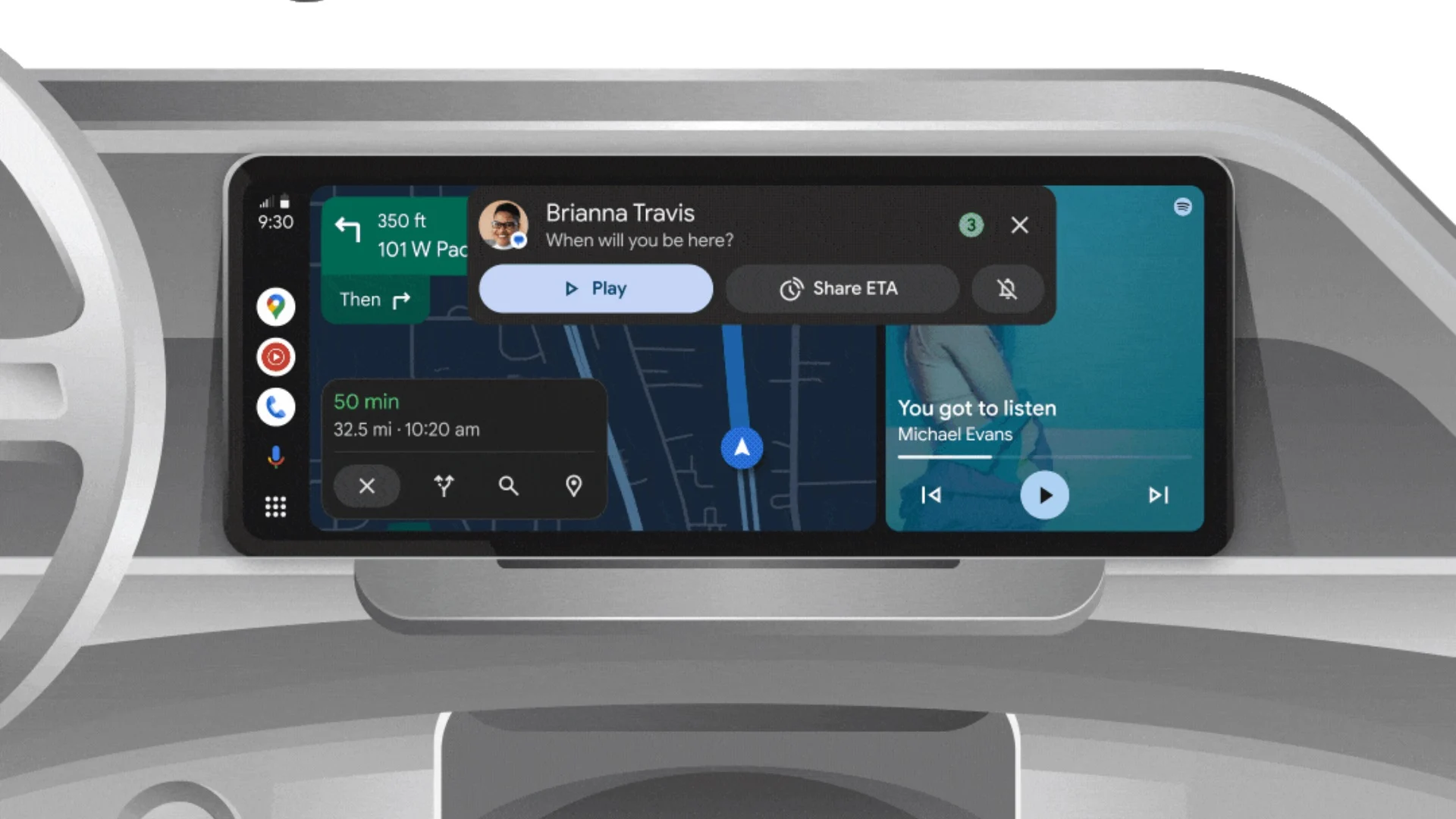
Android Auto is a helpful tool that lets you use your phone’s apps safely while driving. It connects your phone to your car’s screen, making it easier to use maps, music, and calls. One of the features many people like is the ability to change how Android Auto looks by switching between light and dark themes.
How to switch between light and dark themes
Android Auto offers two main themes: light and dark. The light theme uses brighter colors, which can make the screen easier to see during the day. The dark theme uses darker colors, which can be more comfortable for your eyes at night or in low light.
To change the theme, follow these steps:
- Open the Android Auto app on your phone.
- Go to the settings menu.
- Find the “Theme” option.
- Choose between “Light,” “Dark,” or “Set by car” (this lets your car decide the theme based on the time of day or your car’s settings).
Why themes matter
Using the right theme can make driving safer and more comfortable. The light theme is good for bright days, while the dark theme helps reduce glare at night. Having these options means you can pick what works best for you, making Android Auto easier to use in any condition.
In short, Android Auto’s theme options are simple to use and help you drive more safely by making the screen easy to see, no matter the time of day.
Android
Google’s New Updates: Gemini 2.5 Pro, Android 16 features, and Messages change
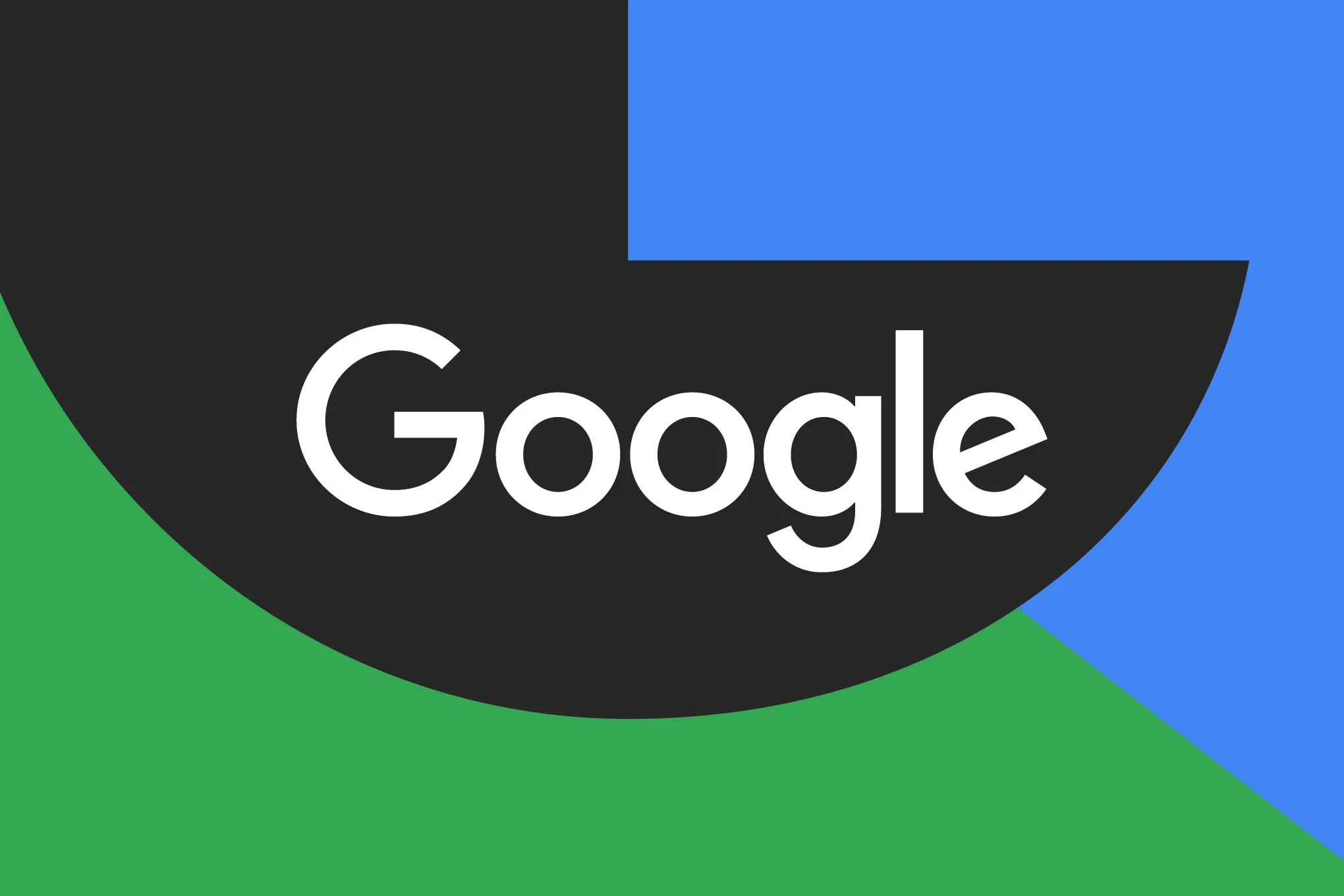
Google has just rolled out some exciting updates across its services and apps. Here’s a simple breakdown of what’s new and what it means for you.
Gemini 2.5 Pro is here
Google has launched Gemini 2.5 Pro, the latest version of its AI model. This upgrade brings smarter and faster responses, making it easier for users to get helpful answers. Gemini 2.5 Pro is now available in Google’s AI Studio and Vertex AI, so developers can build even better tools and apps using this technology.
Android 16 brings more customization
Android 16 is adding new ways to personalize your phone. One of the standout features is the ability to hide the clock on your lock screen, giving you a cleaner look if you want it. This is part of Google’s push to let users make their phones feel more unique. There’s also a new animation for the power button, making the experience smoother and more modern when you turn your phone on or off.
Google Messages removes the unsubscribe button
If you use Google Messages, you might notice that the “Unsubscribe” button is gone from some business messages. Google has removed this feature, so users now have to find other ways to stop unwanted texts. This change might make it a bit harder to manage spam, but Google hasn’t said why the option was removed.
What does this mean for you
These updates show that Google is focused on making its products smarter and more personal. Whether you’re using AI tools, customizing your phone, or managing your messages, you’ll see some changes that aim to improve your experience.
Android
Here’s what’s new with Google Keep and Android Automotive apps

Google Keep is getting a fresh look with the new Material You design, making it more colorful and easier to use on Wear OS smartwatches. The update brings bigger buttons and clearer text, so you can quickly jot down notes or check your lists right from your wrist. This makes Google Keep more handy when you’re on the go and don’t want to pull out your phone.
On another front, Android Automotive is improving how apps show information while you drive. Instead of opening full apps, you’ll see simple cards on your car’s screen that give you important details at a glance.
These cards help keep your focus on the road by showing things like music controls, navigation updates, or reminders without distractions. This new card system is designed to work smoothly with apps like media players and navigation tools, making your driving experience safer and more convenient.
Together, these updates show Google’s effort to make its apps smarter and easier to use in everyday life, whether you’re walking around with your smartwatch or driving your car. The focus is on clear, simple designs that help you get things done quickly without hassle.
In short, Google Keep’s new look on Wear OS and the smart cards in Android Automotive are small but useful changes that make tech fit better into your daily routine.
-

 Apps1 year ago
Apps1 year agoGboard Proofread feature will support selected text
-

 News1 year ago
News1 year agoSamsung USA crafting One UI 6.1.1
-

 Apps12 months ago
Apps12 months agoGoogle Contacts app testing new Besties Widget
-
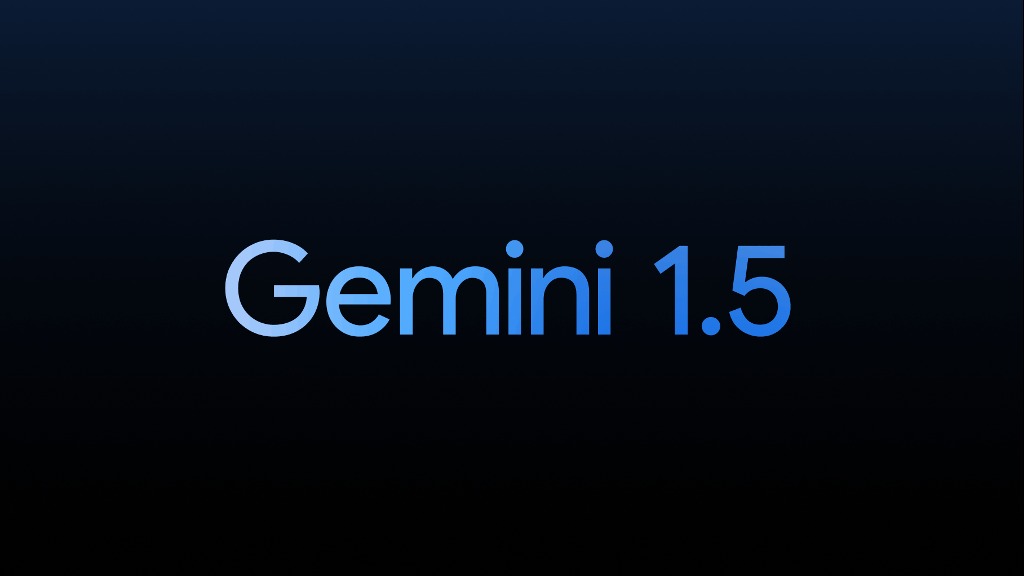
 AI12 months ago
AI12 months agoGoogle Pixel 9 Pro may come with a complimentary one-year Gemini Advanced subscription
-

 News1 year ago
News1 year agoBreaking: Samsung Galaxy S22 may get Galaxy AI features
-
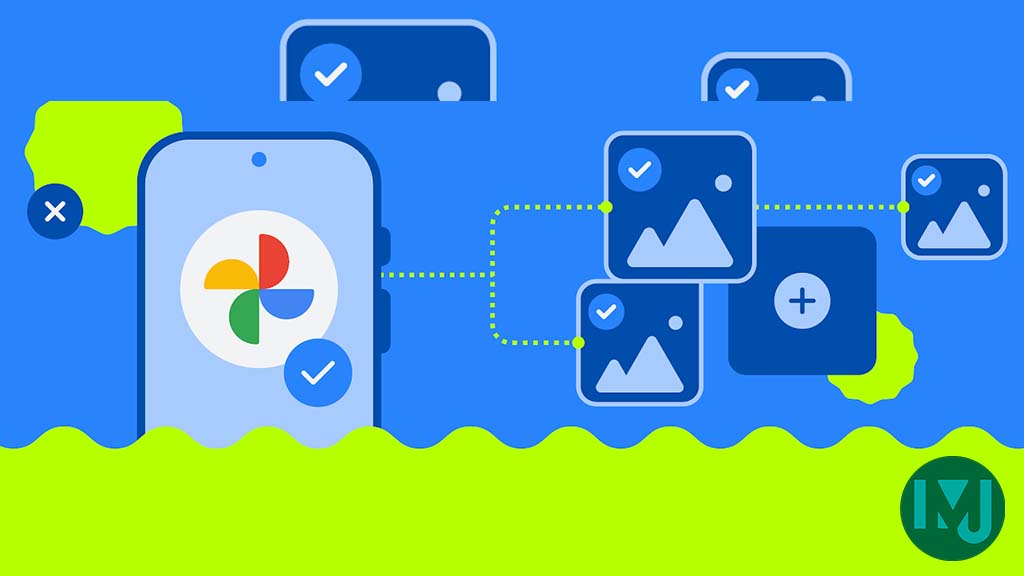
 Apps12 months ago
Apps12 months agoGoogle working on a new video editing feature for its Photo app
-
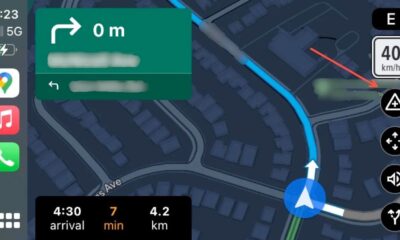
 Apps12 months ago
Apps12 months agoGoogle Maps lets you report traffic jams and accidents on Apple CarPlay, but not on Android Auto
-

 Apps12 months ago
Apps12 months agoGoogle Messages app will transform MMS chats into RCS

